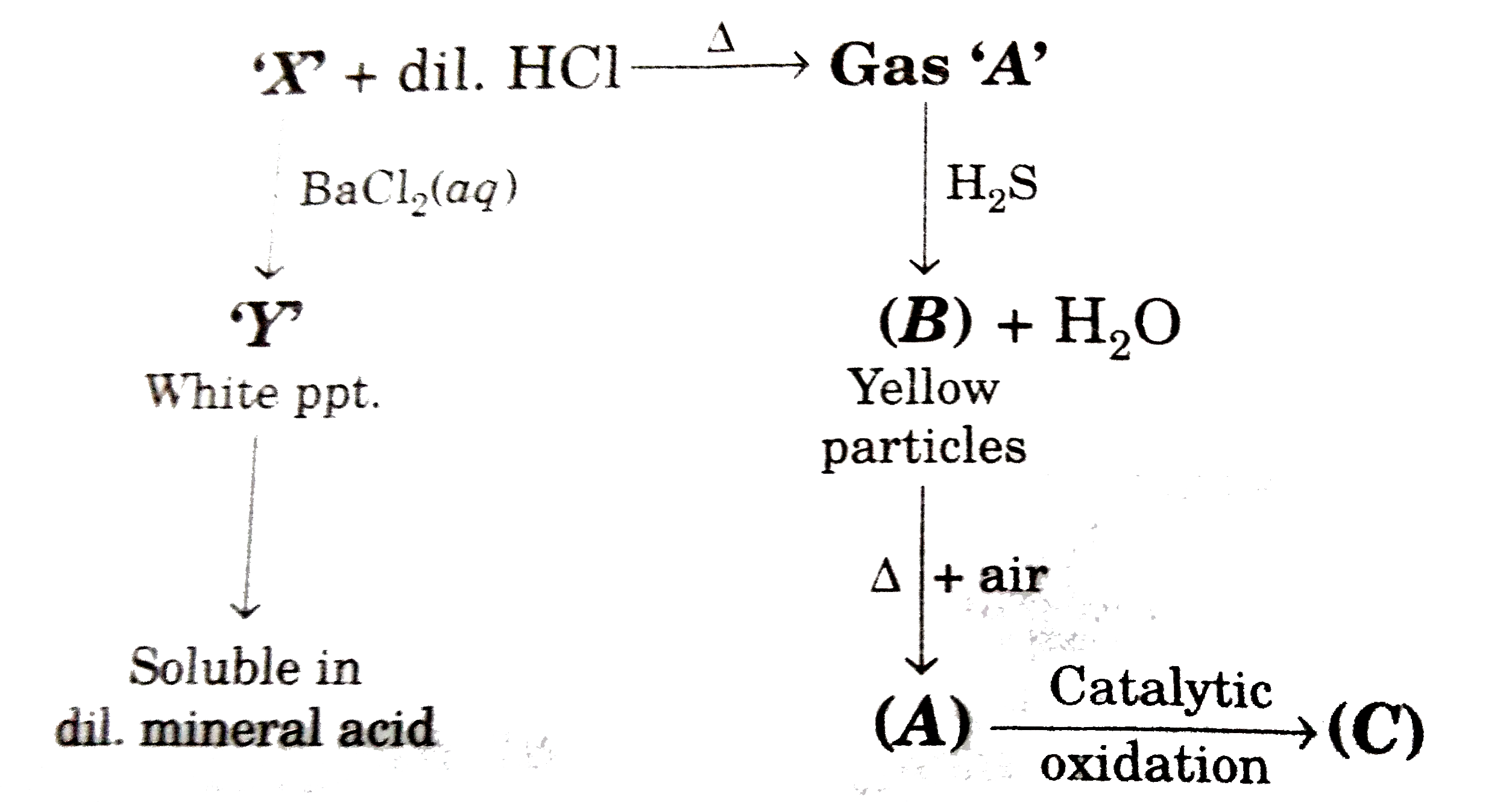P PI-P PI MULTIPLE BOND & CATENATION
Step by step video & image solution for P PI-P PI MULTIPLE BOND & CATENATION by Chemistry experts to help you in doubts & scoring excellent marks in Class 12 exams.
Updated on:21/07/2023Similar Questions
Knowledge Check
The number of (pπ−dπ) π-bonds present in XeO3 and XeO4 respectively are
A3,4B4,2C2,3D3,2Match List I with List II and select the correct answer using the codes given below the lists :
List IList IIa.(SiH3)3Ni.3 centre -2-electron bondb.BF2ii.sp3−hybridizationc.SiO2iii.pπ−pπ bondd.B2H6iv.pπ−pπ bond
Code :Aabcd(1)iviiiiiiBabcd(2)iiiiiiviCabcd(3)iiiiiiivDabcd(4)iviiiiiiIf P=[cosπ6sinπ6−sinπ6cosπ6],A=[1101]andQ=PAPT then
PTQ2007P is equal toA[1√3/202007]B[1200701]C[√3/2200701]D[√3/2−1/212007]
The ratio of number of dπ−pπ bonds in XeO4andSO3 is.
View Solution
Find the sum of number of pπ−pπ and pπ−dπ bonds in trimer of C.
View SolutionWhich readily form pπ−pπ multiple bonds with itself and with C and O among VA group elements ?
View SolutionAssertion : Both rhombic and monoclinic sulphur exist as S8 but oxygen exists as O2.
Reason : Oxygen forms pπ−pπ multiple bond due to small size and small length but pπ−pπ bonding is not possible in sulphur.
View SolutionNitrogen forms pπ−pπ multiple bonds. Nitrogen exists as triply bonded diatomic gaseous molecule. Bond strength is very high which is responsible for inertness at ordinary conditions. The other members of nitrogen family form dπ−pπ bonding .
Choose the correct answer :
Maximum covalency of Sb will be
View Solution
